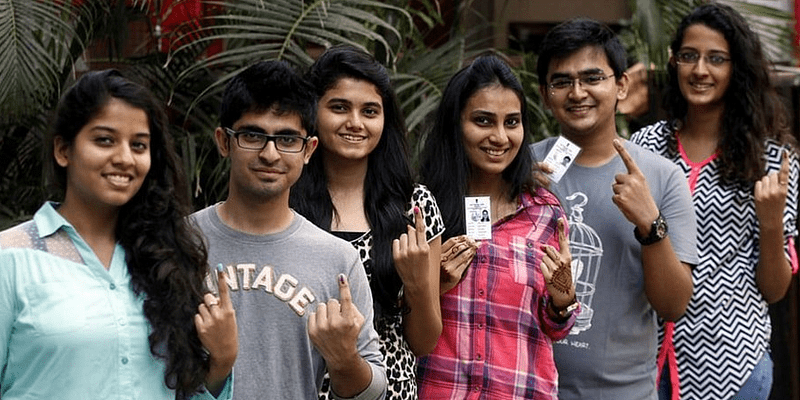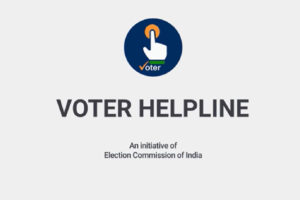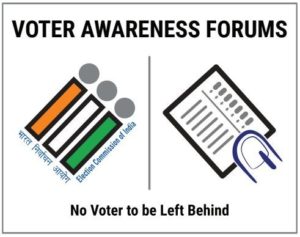Taking a look at India’s demographic profile, it is clear to see that India is one of the world’s youngest countries, with a median age of 27.9 years as in 2018. Approximately two-thirds of India’s population is under the age of 35 years. It has, therefore, always been important for political parties to appeal to the youth’s sensibilities to ensure a positive result in elections. In 2019, about forty-eight million people were of the ages of 18 – 23 years, making them eligible to be first-time voters. What parties can do to attract the support of these new members of the voter base has been one of the deciding factors in elections, and the trend is expected to continue in the future.
Education, jobs, women’s safety, and corruption are among the most pressing issues the youth wants the government to focus on. The sector of education and jobs especially, demands the most attention and investment. Data suggested that unemployment had reached a 45 year high in 2019, and the situation has only been exacerbated by the 2020 Covid-19 crisis. The downturn in economic trends suggests that it will be no easy feat to provide a remedy for this. There has also been a general discontent among the student population about the quality of education being offered in Indian institutions and the lack of opportunities available. The new National Education Policy proposed by the government is an attempt to alleviate these issues but it has raised several questions of intent and implementation of its own. MPs like Mallikarjuna Kharge and Vandana Chavan have recently raised questions regarding the inherent backward-looking approach of the NEP 2020. The NEP 2020 is supposedly aimed at school students who will be first-time voters in the next general election and shows that administrators realize the importance of capturing the hearts of the youth. Whether or not politicians can deliver on the generation of employment and quality education, that could very well make or break their results.
The 2019 elections also saw an increase in the number of women voters. In 2014, women’s overall turnout was 65.63% compared to 67.09% of men who voted. In 2019, the difference between women’s and men’s turnouts was a mere 0.07%. Even though the difference was greater in a few states, the gender gap in voter participation seems to be on its way to be closed. A large number of women voters prioritize candidates who promise provisions for their safety and betterment. As there is a rise in sensitivity about women’s issues in the general population, it is not only women demanding this, but also men who want a safer environment for their spouses, partners, daughters, and friends.
However, a large population eligible to be first-time voters may not always directly translate to a proportionate voter turnout. It is observed that people from the age of 18 – 23 are highly likely to be living away from their homes as they are studying in another part of the country, and are unable to travel large distances to cast their votes. Many have expressed a wish for a digital voting system which would allow them to vote while away from home, and it can also be a more efficient and convenient process to use. Others have expressed doubts about the transparency and believability of the EVM voting process as reasons for choosing not to cast their vote. While EVMs have greatly reduced the possibility of booth capturing, many have raised doubts about the authenticity of the data recorded by the machines, and have alleged external tampering. Urgent reforms need to be made to capture these lost votes, for the results to accurately represent all sections of the population.
India’s young population is its most precious resource, and investing in their happiness and satisfaction is the fastest and the surest way to nation-building. A large workforce is advantageous for both the manufacturing and service industries, and it attracts investments even from beyond the border. The nation is currently in a sweet spot where, by effectively harnessing its demographic dividend, it can exponentially increase its rate of development. To do this, it is essential to not only enhance the younger generation’s education and employability but also their health and happiness. The millions of new voters that join the adult population each voting cycle are resources that are ready to contribute to progress. To make the best of these resources, the government needs to focus on the issues plaguing the youth and try to resolve them to the best of their ability. In the case the government fails to do so, it is the job of opposition parties to position themselves as reasonable alternatives who are up to the task. The youth is the future of every country, and a useful and happy (emotionally well-off and stable) youth indicates a brighter and healthier future for the nation.
Biswarup Mukhopadhyay, Editor Opinion has made important contributions towards the essay.





